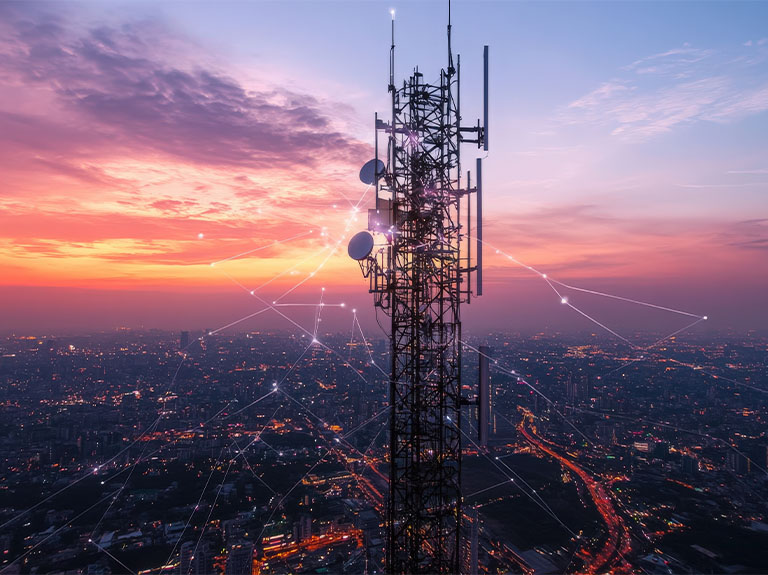“It’s difficult to make predictions, especially about the future.”
While no one is sure of the origin of that witticism, there’s truth to it. After all, 12 years ago, smartphones were nascent, apps were rudimentary, and 3G was the pinnacle of wireless connectivity. No one could predict the coming data explosion.
With the 5G era now upon us and connectivity expanding from smartphones to almost literally everything, one prediction that probably is safe is that data use will continue to grow.
In fact, I’m willing to predict that we haven’t seen anything yet. As literally tens of billions of devices – cars, shipping containers, retail store shelves, industrial robots, medical equipment, air taxis and more – get plugged into the network over the next several years, the 262 petabytes of data we carry on an average day now is going to be dwarfed.
And if that’s true, then the network itself in the next 5 to 10 years is going to have to radically change again.
Change into what? Maybe a quantum network.
You might have heard about quantum computers. This is the bleeding-edge technology where data is stored in qubits. With the traditional bits used in computers today – a concept invented, incidentally, in 1948 by AT&T Bell Labs research Claude Shannon – data can either be stored as a 1 or a 0. In quantum computing, though, a subatomic particle like an electron can be in both states simultaneously. It can be both 1 and 0. If that sounds weird, it is. But these qubits have the potential to enable a radically new and powerful kind of computing.
And just as computers now are more useful when they’re connected into a network, we think the same thing will be true of quantum computers.
Creating a quantum network will be tough. And assuming we can make the science work, building and managing a quantum network will be a tall order, too.
But if it pans out, a quantum network won’t just be a scientific breakthrough. It will be a major employment opportunity for the next generation of technologists.
The quantum network engineers of the future will also have to be comfortable working with artificial intelligence to handle sophisticated automation and controls. But that’s a good thing. As we’ve stated in our AI Principles, artificial intelligence should be designed by and for people.
Quantum networking is no sure thing. Predictions, after all, are hard. And if it is going to happen, it’s going to require collaboration across industry, academia, government and the developer communities. Our goal is to facilitate that collaboration.
This is an exciting opportunity and I look forward to not just trying to predict this future, but to creating it.


